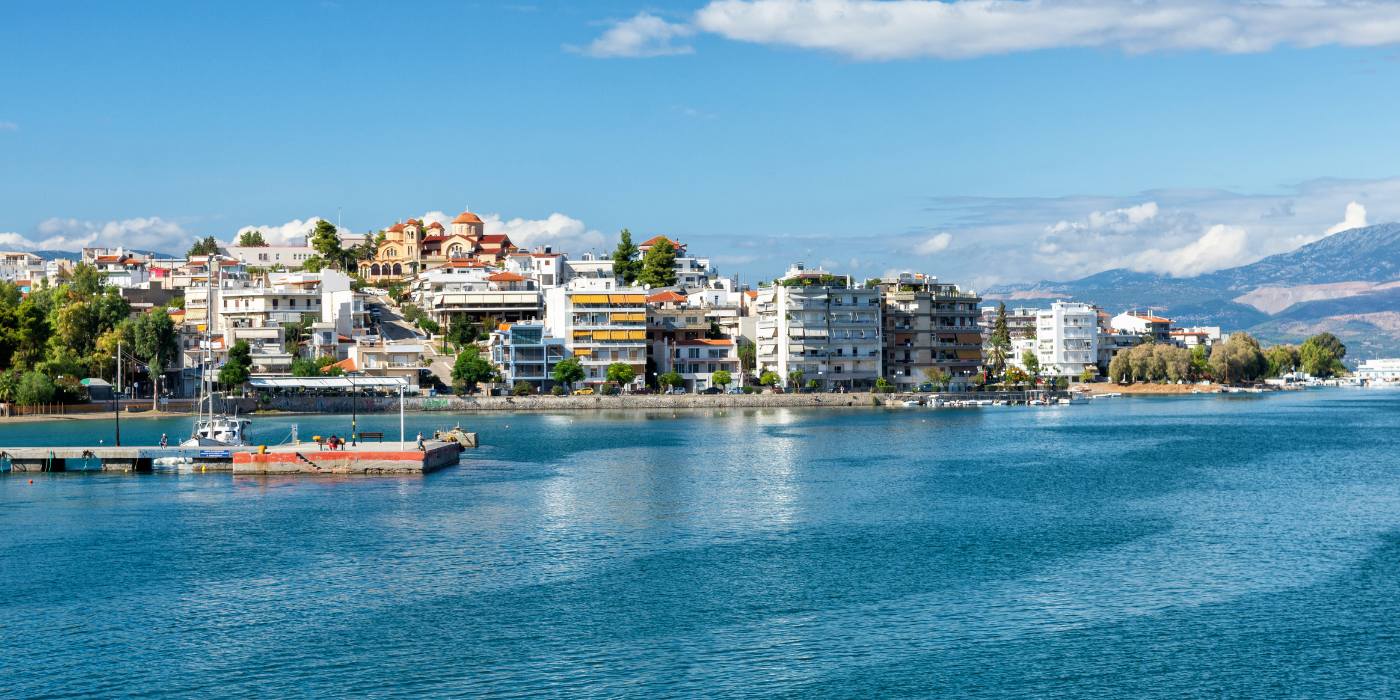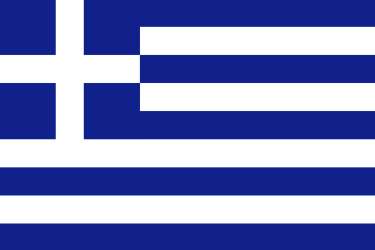

The best time to visit Evia is from May to October, when the island reveals its fullest beauty—from spring waterfalls and summer beach life to autumn wine harvests and mountain hikes. Summer offers warm seas, lively seaside towns, and outdoor festivals, while spring and fall are perfect for hiking, exploring gorges, and enjoying nature without crowds. Winters are mild in the south but snowy in the mountains, attracting weekend adventurers.
For outdoor lovers and culture seekers, late spring through early fall provides the best mix of sunshine, scenic diversity, and authentic Greek life.
Do you need a visa to visit the island?
No visa is required for citizens of the EU, UK, US, Canada, Australia, and New Zealand for stays up to 90 days. International travelers should check whether they require a Schengen Visa, as Evia is part of Greece and subject to standard EU entry regulations.
What is the best way to get to the island?
Evia is connected to mainland Greece by bridge at Chalkida, making it one of the easiest islands to access by car or bus. You can also take ferries from Rafina, Agia Marina, Arkitsa, or Glyfa depending on where you're coming from. From Athens, it’s around 1.5 to 2.5 hours depending on your route.
Should I rent a car on the island?
Yes—absolutely recommended. Evia is huge and diverse, with beaches, mountains, villages, and forests scattered across the island. Public transport is limited outside main towns, so having a car gives you full freedom to explore its hidden gems.
Is the island wheelchair accessible?
Partially. Larger towns like Chalkida, Eretria, and Edipsos have accessible hotels, restaurants, and sidewalks. However, many villages, archaeological sites, and mountainous areas may be difficult to navigate due to uneven terrain and older infrastructure.
What are the island’s most famous landmarks?
Highlights include the Edipsos Thermal Springs, the tide phenomenon at Chalkida, Dirfys Mountain, the ancient ruins of Eretria, and the castle of Karystos (Castello Rosso). Don’t miss the Lichadonisia islets or the monasteries of Agios Ioannis Rossos and Saint David.
What are the best beaches on the island?
For families and soft sand, head to Galazia Akti, Agia Anna, or Almyropotamos. For adventure and nature, explore Chiliadou, Limnionas, or Kalamos Beach. Southern beaches near Karystos are perfect for windsurfing and quieter getaways.
What is unique about the island’s wildlife?
Evia is incredibly biodiverse. You might spot golden eagles, hawks, foxes, turtles, wild goats, and even monk seals along the coast. The island’s forests are home to rare orchids, frogs, butterflies, and bee populations that produce world-famous thyme honey.
What traditional foods should you try on the island?
Don’t miss wild goat stew, fresh mountain greens, Evian cheeses, and local honey. Try loukoumi (a chewy sweet) and halvadopita (nougat wafer), as well as freshly caught grilled octopus and sardines by the coast.
Can you drink tap water on the island?
In most towns like Chalkida, Eretria, and Edipsos, tap water is safe to drink. In remote villages or mountain homes, bottled water is often preferred due to different mineral content.
What is the nightlife like on the island?
It’s mostly laid-back and local. In towns like Chalkida and Eretria, you’ll find bars, beach clubs, and late-night cafés. Elsewhere, expect traditional tavernas with live music, community festivals, and peaceful seaside evenings under the stars.
How can I stay connected to the internet on the island?
Most hotels, cafes, and even beach bars offer free Wi-Fi. Mobile reception is good in populated areas but may be weak or absent in mountainous or remote coastal areas—perfect for digital detox moments.
What are some local souvenirs to bring home?
Take home jars of Evia’s famous thyme honey, olive oil, handmade soaps, local wine, herbs, ceramics, and sweets like loukoumia or halvadopita. In villages, you’ll find textiles and woven crafts made by local artisans.
